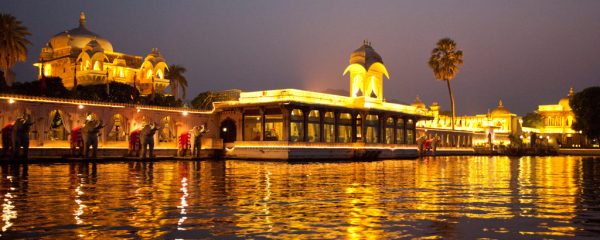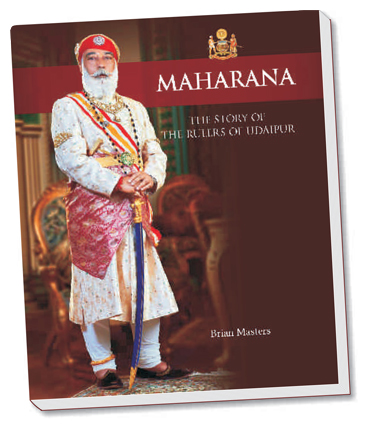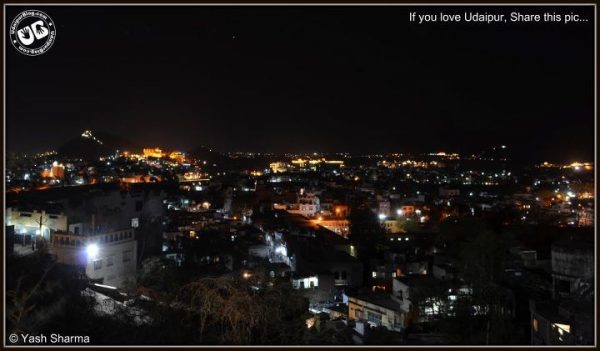Posted inPlaces to Visit
The Story Behind Jag Mandir Palace, Udaipur
Jag Mandir Island Palace is an architectural marvel which in true senses contributes to the beauty of Udaipur. The property comes under HRH group (Historic Resorts and Hotels) which is…


